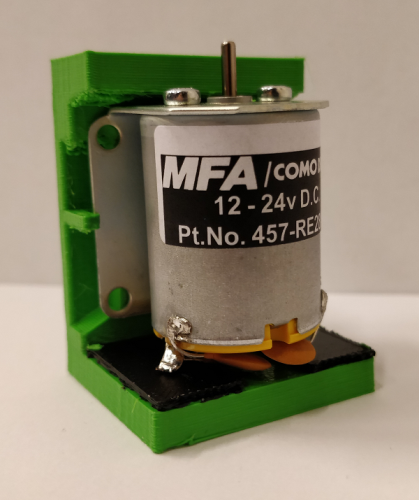Additive manufacturing, also referred to as 3D printing, is seeing increased integration into manufacturing and production on industrial scale. The reason for this megatrend is the ability of 3D printers to rapidly create geometries otherwise impossible to achieve via classical methods. Perhaps the greatest asset that such devices possess resides in their virtually unlimited flexibility compared to traditional assembly lines in adapting towards a new design for the final product.

In recent years, the progress within the field has been astonishing. While the first 3D printers of the early eighties were limited to using photo-hardening, advances to other methods such as Fused Deposition Modeling (FDM) have emerged in the following decade. Later years have seen 3D printers entering the market at hobby level due to drastic lowering of both purchasing and operating costs, along with a broad selection of printing materials. More recently, combining printed and non-printed materials towards an electromechanical product has been attempted. However, this involves post-processing of the prints which adds both complexity to the manufacturing process and increases the production time.
This study seeks to solve these two drawbacks by - as opposed to the use of conductive paste or metals - aiming for complete integrated 3D printing of the electrical connections by using conductive filament, thereby evolving towards a 3D-printed mechatronic device. The availability of multiple-extruder printers allows for combining conductive and non-conductive materials in a single print, and it is now possible to opt for polymer materials for use in FDM, which offer expanded features such as increased durability, flexibility and conductive properties. Permanent solutions for ensuring contact have been used for 3D printed components, but the modularity of any mechatronic device would be drastically improved by enabling the attachment and detachment of a certain class of contact leads (i.e. wires, motor terminals, etc.).